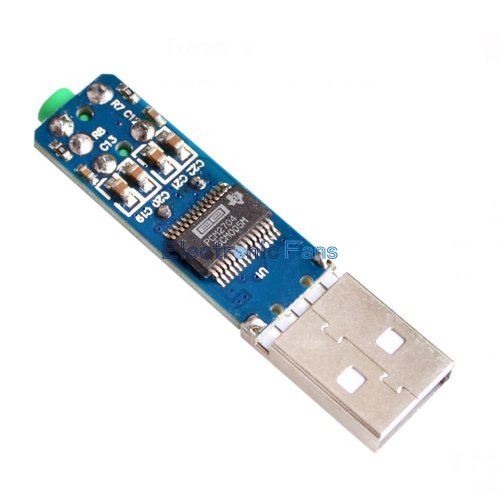7Karma
New Head-Fier
- Joined
- Jan 22, 2012
- Posts
- 13
- Likes
- 0
I have only recently been into the whole audiophile headphone and I been using Xonar essence with beyerdynamic dt 990 600 ohms and I'm enjoying tons of music right now.
I was browsing through this site call headroom and they had this micro DAC and such... it was around 300 dollars and I was wondering are these digital-to-analog coverters really worth that much? I mean does it improve the quality of music that's worth 300 dollars? what are the benefits of going digital to analog? and why does going analog improve quality of the sounds?
I was browsing through this site call headroom and they had this micro DAC and such... it was around 300 dollars and I was wondering are these digital-to-analog coverters really worth that much? I mean does it improve the quality of music that's worth 300 dollars? what are the benefits of going digital to analog? and why does going analog improve quality of the sounds?




